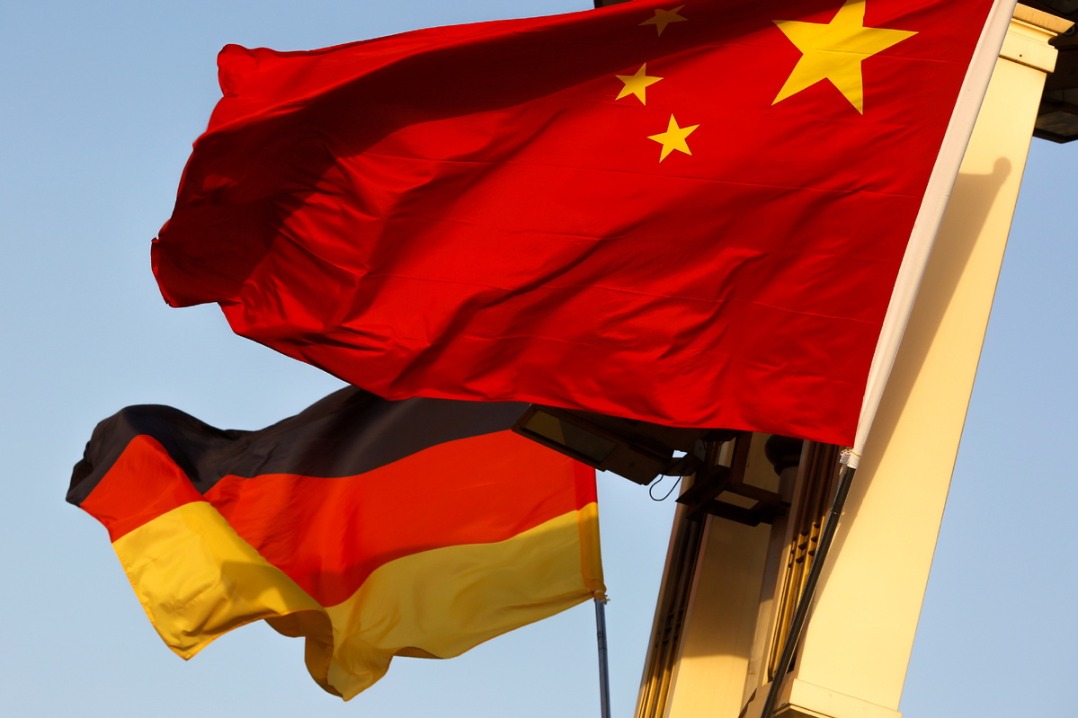Building guardrails for US in South China Sea


That the US State Department has recently issued a so-called legal analysis that "the PRC asserts unlawful maritime claims in most of the South China Sea, including an unlawful historic rights claim" is nothing but ridiculous. Not least because the United States is not even a party to the United Nations Convention of the Law of the Sea and yet it is trying to claim the moral high ground on the issue.
The US' frequent meddling in the South China Sea issue calls for urgently building guardrails against the interference of non-regional actors in regional affairs.
The data of South China Sea Strategic Situation Probing Initiative, a think tank on sea studies, show the US intensified maritime surveillance in 2021, changing its navigation routes and holding frequent military exercises in the South China Sea. By doing so, it has not only extended its "rivalry" with China to the sea but also lent credence to the Thucydides' trap theory.
That more or less sums up the US' maritime performance in the Asia-Pacific region, especially in the South China Sea, in 2021.
The US' meddling in the South China Sea issue alone is to blame for the re-escalation of tensions in the region. Worse, the US has stopped pretending to maintain a relatively neutral stance on the South China Sea issue, as it seeks other non-regional countries' support to contain China's rise.
Considering its importance in the region and its critical role in global geopolitics, the Association of Southeast Asian Nations cannot be passive as a bystander in the tug of power between China and the US. Perhaps ASEAN wants to count on China to help boost its member states' economic growth and seek the US' help when it comes to safeguarding their security.
But it's time regional countries found an effective way of managing their differences and promoting cooperation. In such a situation-especially given the US' increasingly bellicose and disruptive Indo-Pacific policy-the disputing parties should avoid taking unilateral actions to consolidate and/or expand their presence in the South China Sea.
And China and the US should work out maritime rules of conduct. When Chinese destroyer Lanzhou forced the trespassing Arleigh Burke-class destroyer USS Decatur to withdraw from the waters off Nanxun Reef in the Nansha Islands on Sept 30, 2018, it was just 41 meters away from the US warship. If such a close encounter takes place between nuclear-powered submarines, it could lead to an accident with catastrophic consequences.
Chinese and US military personnel, warships and aircraft are likely to come face to face in the South China Sea, especially because the US has increased the frequency of its military operations in the region. The US Navy has conducted five "freedom of navigation" operations, not counting the US nuclear submarine crash and air operations, in the South China Sea in less than one year of Joe Biden's presidency.
The US conducted more than 2,000 operations close to Chinese waters and over 500 in the South China Sea in the first half of 2021 if close-up reconnaissance flights are counted. So the chances of an accident involving Chinese and US vessels have greatly increased. And to peacefully deal with such a situation, it is necessary to have a comprehensive code of conduct that covers all surface and underwater and aerial activities in and above the South China Sea.
While the virtual summit between President Xi Jinping and Biden sent out some positive signals in this regard, US National Security Advisor Jake Sullivan said during a recent Brookings Institution webinar that the US' engagement with China will intensify at multiple levels to ensure that competition between the two sides does not veer into conflict. But to ensure that, the China-US Strategic and Security Dialogue should be revived.
Yet the overall situation in the South China Sea is relatively stable despite the recurrence of new destabilizing factors. China should therefore adopt a multi-pronged approach to maintain peace and stability in the South China Sea.
First, China should strengthen its security forces, especially the navy, to safeguard regional peace and increase deterrence. The US will not succeed in its plan to stir trouble in the South China Sea and use it as an excuse to strengthen its military presence in the region if China's air and sea forces are strong enough to act as deterrent.
Second, concerted efforts should be made by all parties, especially China, to expedite the South China Sea Code of Conduct talks, in order to reduce unnecessary confrontations and frictions and contribute to regional peace and welfare.
And third, regional maritime cooperation and ocean governance, which have become increasingly difficult due to some countries' maritime territorial claims, should be included in the South China Sea Code of Conduct talks' agenda, because until the consultations on the Code of Conduct are completed, some parties to the maritime disputes will not stop taking unilateral actions.
And since the South China Sea disputes cannot be resolved without cooperation, China and ASEAN members should first deepen cooperation on the bilateral level and gradually extend it to the trilateral and then multilateral levels to improve maritime collaboration and enhance mutual trust.
Hopefully, 2022 will see some real positive developments in the South China Sea.
The author is founding president of the National Institute for South China Sea Studies.
The views don't necessarily reflect those of China Daily.
If you have a specific expertise and would like to contribute to China Daily, please contact us at opinion@chinadaily.com.cn, and comment@chinadaily.com.cn.









































